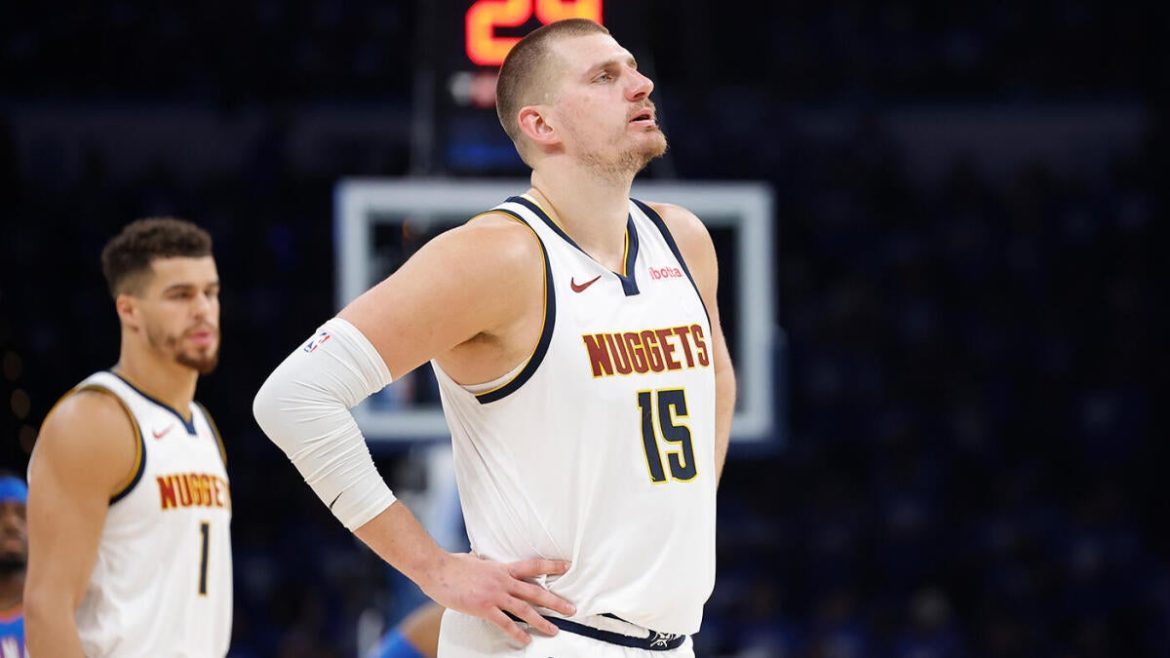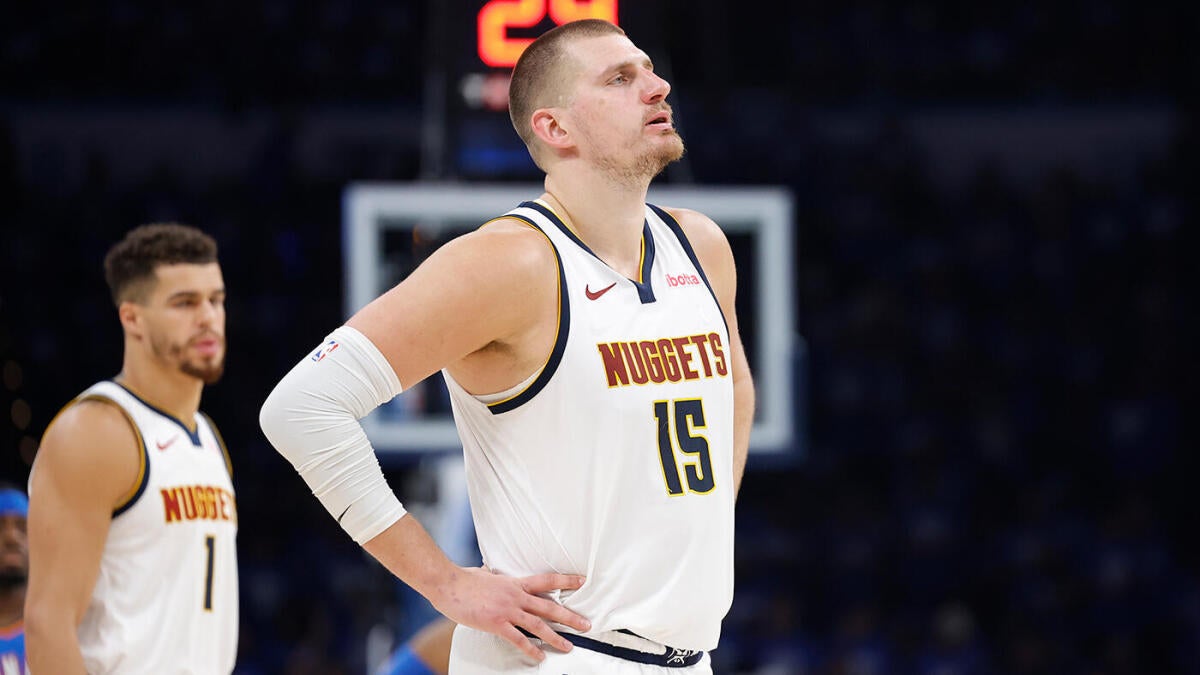The NBA’s Emerging Era of Unprecedented Parity: A Deep Dive into Recent Trends and Implications
The National Basketball Association (NBA) is undergoing a remarkable transformation, one that challenges traditional dominance hierarchies and ushers in an era of competitive balance—or parity—unseen in the league’s history. This exploration delves into these shifting dynamics, using the Denver Nuggets as a focal point to understand how parity manifests on the court and what it means for the NBA’s present and future.
Understanding NBA Parity: A Historical Context
Historically, the NBA has seen periods dominated by dynasties or a handful of powerhouse teams—think Boston Celtics in the 1960s, Chicago Bulls in the 1990s, or the more recent Golden State Warriors. These teams maintained continuity in championship successes, often reaching multiple Finals appearances consecutively. However, recent seasons paint a different narrative.
Parity Defined and Its Current Scope
Parity, in sports terms, refers to the competitive equality among teams, where the probability of different franchises winning championships is relatively even. The league’s recent years demonstrate an unparalleled level of parity:
– Six different NBA franchises have won the championship in the last six seasons, including the Denver Nuggets in 2023.
– No defending champion has advanced beyond the second round of the playoffs since 2019.
– No team has appeared in consecutive NBA Finals post-2019, indicating disrupted dynastic runs.
This trend marks a substantial shift from previous eras, emphasizing league-wide competitiveness.
Denver Nuggets: Case Study of Parity in Action
The Denver Nuggets serve as an emblematic example of this era’s dynamism. Despite showcasing playoff resilience and possessing a superstar like Nikola Jokić, the Nuggets have faced repeated heartbreaks, particularly highlighted in the 2024 playoffs.
Playoff Challenges and the Game 7 Meltdown
In a tense second-round series against the Minnesota Timberwolves, the Nuggets experienced a stunning collapse after leading by 20 points late in the game. The Timberwolves went on a decisive 54-24 run to close out a 98-90 victory in Game 7, abruptly ending Denver’s season. This loss encapsulated the razor-thin margins that parity inflicts—no team is safe, and underdogs can—and do—prevail.
Impact of Parity on Nuggets’ Legacy and Strategy
The inability to sustain playoff success despite excellent regular-season performances reflects the deep competitive saturation. The Nuggets have struggled to repeat past triumphs, and their recent playoff exits reinforce the fact that winning multiple titles has become exceptionally difficult. This scenario challenges teams to innovate strategically:
– Prioritizing roster versatility, especially integrating big men effective near the rim, catering to rule changes that reward basket proximity.
– Developing depth to survive the grind of lengthy playoff series.
– Managing workload in the context of discussions about season length and player rest.
Leaguewide Effects: New Champions and Competitive Balance
Beyond the Nuggets, the parity trend is reshaping the landscape across the NBA:
A Break from Dynasty Culture
– With six unique champions in six years, the league defies the predictability that often accompanies dynasty eras.
– Fan engagement may rise as more franchises smell the possibility of championship glory.
Increased Fan Interest and Market Dynamics
The influx of new contenders prevents stagnation, making every postseason more thrilling and uncertain. Teams previously considered fringe contenders are now legitimate threats, intensifying rivalries and broadening the narrative scope.
Challenges and Critiques
While parity enhances competition, it also raises questions about narrative building and star power consolidation. Without repeat champions or enduring rivalries, the league risks diluting long-term storylines that galvanize fanbases. Furthermore:
– Criticism has emerged regarding the NBA’s anti-tampering policies and player movement, which may contribute to parity but also chaos.
– Some elite players face skepticism if their achievements don’t translate to repeated success, as seen in discussions about Nikola Jokić or James Harden’s playoff performances.
The Strategic Evolution: Balancing Style and Structure
The NBA’s recent rule adjustments underscore attempts to recalibrate the game amid parity challenges. Rule changes encouraging big men to position near the basket aim to diversify playing styles beyond the three-point shot-dominated offense. This strategic shift:
– Enables lower mobility bigs to remain competitive.
– Promotes a more multifaceted brand of basketball.
– Signals the league’s interest in maintaining balance between offense and defense.
In parallel, debates on season length, champion load management, and playoff formats are ongoing, reflecting stakeholders’ efforts to sustain competitive intensity without player burnout.
Looking Ahead: Will Parity Persist or Evolve?
The future trajectory of NBA parity is uncertain but compelling. Several factors will influence its persistence:
– Continual shifts in team compositions fueled by trades, drafts, and free agency.
– Adaptations to league policies on anti-tampering, season structure, and schedule density.
– Emergence of next-generation stars poised to anchor new or existing franchises.
– Potential end of the current streak wherein no team repeats as champion, possibly triggered by dominant teams like the Boston Celtics.
This evolving landscape calls for agility from franchises, players, and the league office alike to navigate and harness the benefits of parity while managing its inherent challenges.
Conclusion: Parity’s Double-Edged Sword and the NBA’s Thrilling New Chapter
The NBA’s current era of parity injects vital freshness and competitiveness into the league, breaking monotony and expanding the championship conversation to a wider array of teams. The Denver Nuggets exemplify this trend as a strong contender grappling with the stiff competition emblematic of modern playoffs.
While this balance ensures greater unpredictability and excitement for fans, it complicates dynasty formation and star legacies. Navigating this new paradigm requires embracing innovation in gameplay, team-building, and league policies.
Ultimately, this unprecedented parity marks a transformative chapter in NBA history, one characterized by thrilling unpredictability and a redefined quest for supremacy that transcends traditional power structures. The coming seasons will reveal whether this dynamic stabilizes or gives way to a new dominant order—but for now, the NBA showcases one of its most fascinating periods of competition yet.
—
Dive into the NBA’s thrilling new era of parity and dominance shifts—experience every game-changing moment live!





